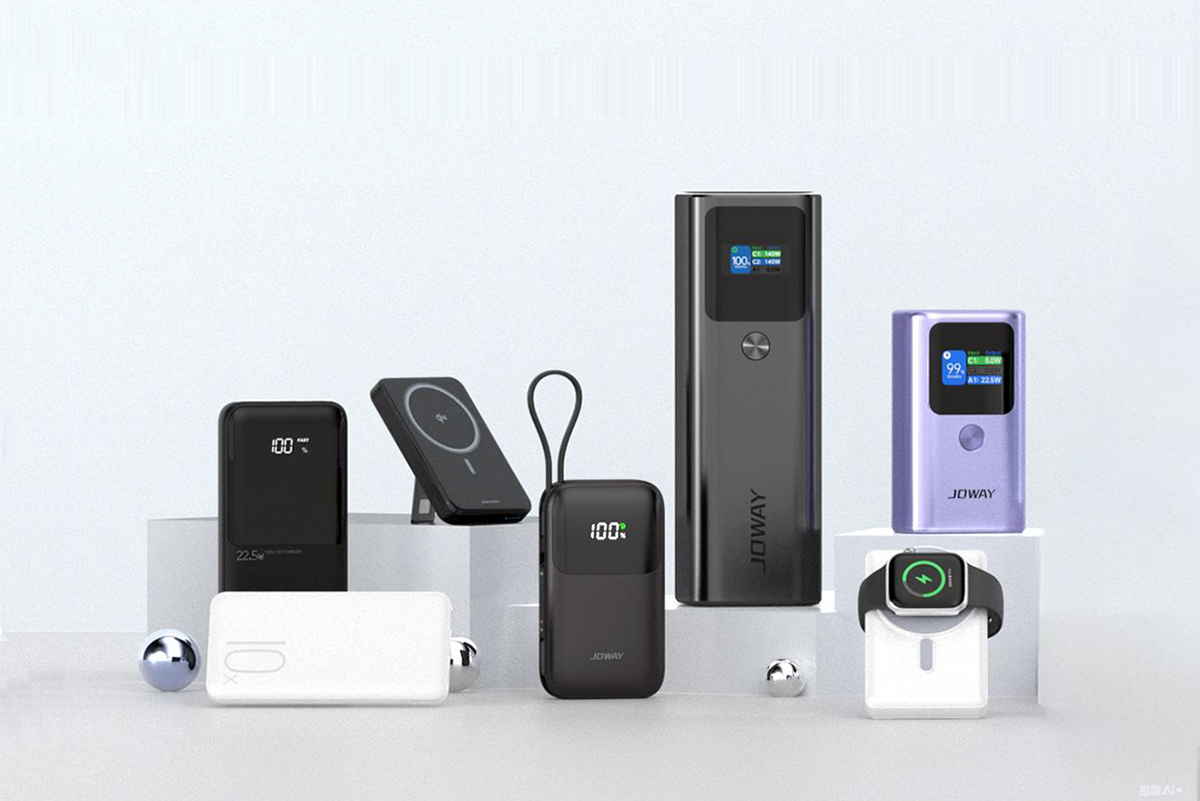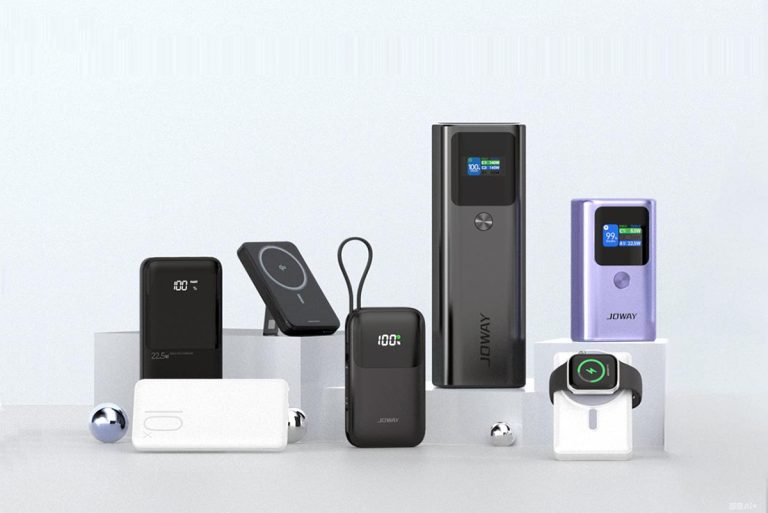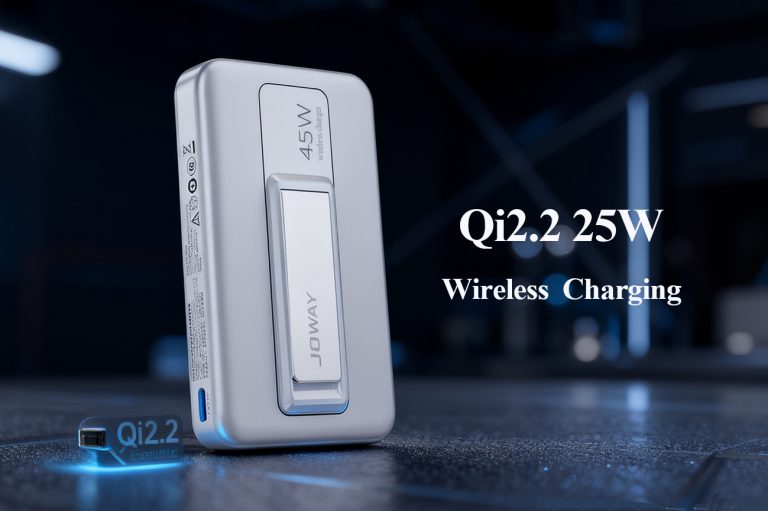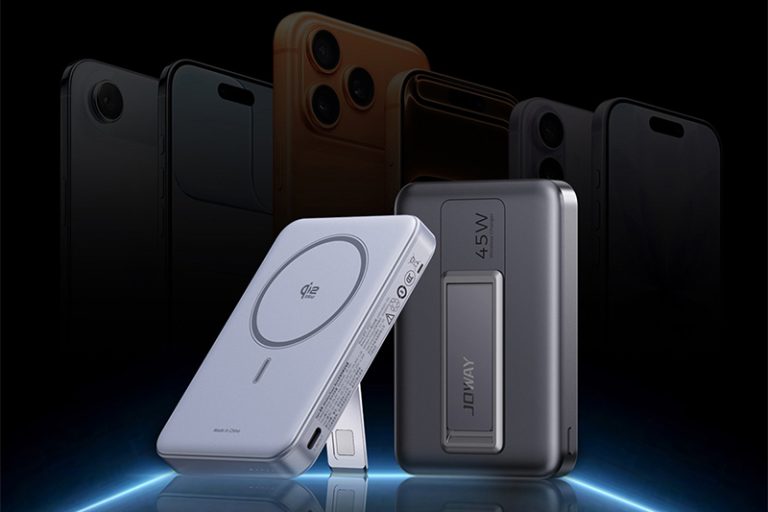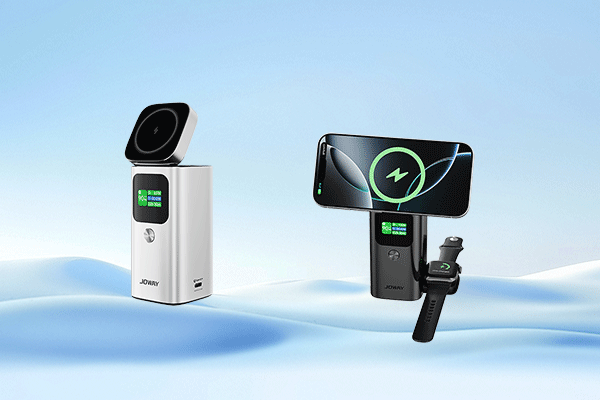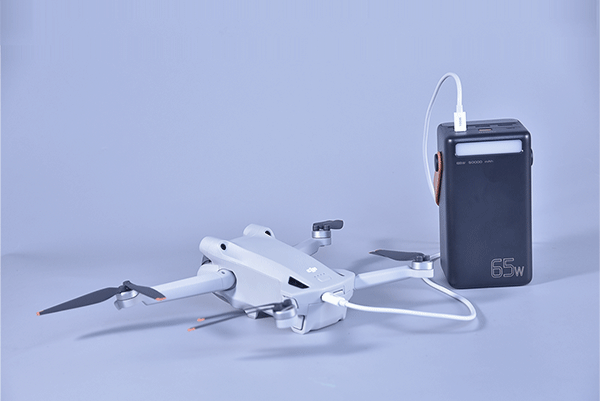For brands seeking factories to customize power banks, reliability testing is a crucial link in product quality control.Only by passing rigorous testing protocols can projects proceed smoothly while ensuring post-launch safety and stability.
So what core tests are included in power bank reliability testing?And what key factors should brands prioritize when evaluating manufacturers? Let’s talk about this topic today…

1. The Importance of Power Bank Reliability Testing
Reliability Testing of Power Banks during the product development and manufacturing stages, a series of standardized and rigorous experiments and inspection methods are conducted to simulate the performance of the product under normal usage, extreme environments (high/low temperatures, humidity, drops), and even accidental scenarios (such as short circuits and overcharging).
Its core objectives are:
Ensuring Safety:Prevents fire, explosion, and other safety hazards to protect users and brand reputation.
Guaranteeing Performance:Verifies that the product maintains its rated capacity and charging efficiency under various conditions.
Enhancing Durability:Evaluates structural integrity and lifespan under long-term use or accidental impacts.
Compliance with Regulations:Meets mandatory safety certification requirements in target markets.
Risk Mitigation:Reduces after-sales issues, return claims, and damage to brand reputation.
2. Core Items of Power Bank Reliability Testing
Brands need to gain an in-depth understanding of the reliability testing items and implementation standards carried out by factories, which mainly cover the following test categories:
1) Battery Cell Safety & Performance Testing
Safety Tests:Vibration, drop, crush, thermal abuse, external short circuit, overcharge, over-discharge, etc.
Performance Tests:High-temperature discharge, low-temperature discharge, room-temperature discharge, cycle life, etc.
Purpose:To ensure the fundamental safety limits and baseline performance of the battery cell, which is the core of power bank safety.
2) Surface process reliability
Test the adhesion, friction, alternating damp heat, temperature shock, vibration friction, etc. of the shell surface. Purpose: To verify the durability of the shell coating and printing, as well as the stability of the overall structure under changes in temperature and humidity.
3) Overall functional testing
Charging and discharging performance: charging and discharging efficiency, time, temperature rise, etc. under different currents; Abnormal protection: overcharge protection, over-discharge protection, short-circuit protection, over-current protection, over-temperature protection, etc.; High and low temperature charging: whether charging can start and stop normally under extreme temperatures and whether the protection is effective; Purpose: To verify the stability of the PCBA control board and the effectiveness of the protection circuit, so as to ensure safe use.
4) Overall fast charging compatibility
Fast charging protocols: Conduct comprehensive tests on the compatibility of mainstream protocols such as PD, QC, PPS, UFCS, AFC, FCP, and SCP; Device compatibility: Perform charging tests using mobile phones, tablets, laptops and other devices of different brands and models; Purpose: To ensure good matching between the power bank and mainstream devices in the market, and avoid user complaints about “failure to charge” and “slow charging”.
5) Overall environmental adaptability
High-temperature charging and discharging, high and low-temperature storage, constant damp heat test, 48-hour salt spray test, etc. Purpose: To simulate the product’s tolerance during transportation, storage, or use in areas with extreme climates.
6) Overall mechanical strength testing
1m/1.5m drop test, vibration test, impact test, insertion and extraction force test, etc. Purpose: To verify the product’s ability to resist physical impact and wear during transportation, carrying and use.
7) Reliability testing after packaging
Packaging alternating damp heat test, packaging static pressure test, packaging vibration test, packaging drop test, label adhesion test, label alcohol friction test, etc. Purpose: To ensure that the packaging can provide effective protection when the product is transported to consumers, and that the product information is clear and complete.

3. Key Considerations for Power Bank Reliability Testing
It is crucial to select a factory with reliability testing capabilities. Brand owners should focus on the following:
1) Keep a close eye on high-frequency problem points
Require the factory to provide detailed reports on functional tests and compatibility tests, as these two types are generally important sources of user complaints or returns, and also high-frequency issues in testing.
2) Laboratory equipment configuration
Find out about the configuration of the factory’s laboratory equipment, such as whether the core testing equipment is complete and advanced, equipment calibration and maintenance records, and laboratory qualifications, etc.
3) Third-party testing qualifications
For the small number of third-party tests outsourced by the factory, the qualifications of the third parties must be strictly examined. Authoritative laboratories with internationally recognized qualifications such as CNAS and ILAC are preferred.
4) Compliance with market regulations
Clarify whether the testing standards implemented by the factory cover the mandatory regulations of the target market, and whether the factory has relevant certification experience?
4 frequently asked questions(FAQ)
1) Which test items are most prone to problems?
Generally, there are more unqualified issues in functional tests and compatibility tests, which require focused attention!
2) Are the test items executed according to various national standards?
Yes, the national standards of the target market are mandatory test items. Additionally, factories may implement more stringent internal corporate standards or industry-common test requirements based on customer demands.
3) What are the differences in reliability testing for power banks with wireless charging?
In addition to the conventional tests mentioned above, special wireless charging tests must be added, such as: wireless charging compatibility testing, charging efficiency and power stability, temperature rise and heat dissipation testing, magnetic positioning and mechanical testing, foreign object detection (FOD) safety, etc.



